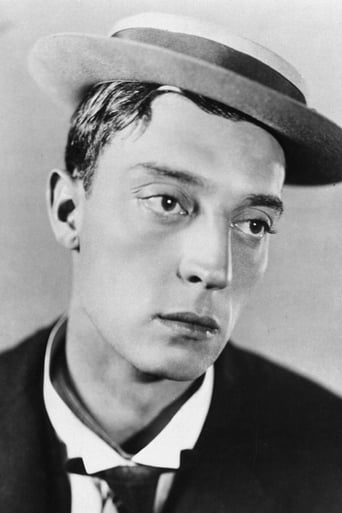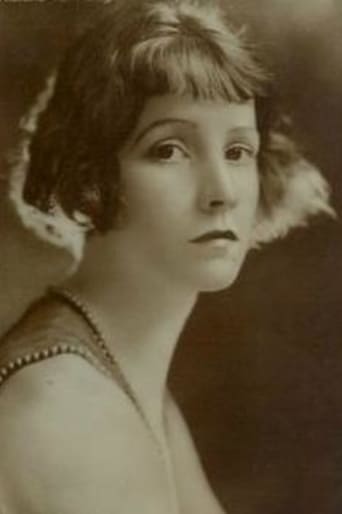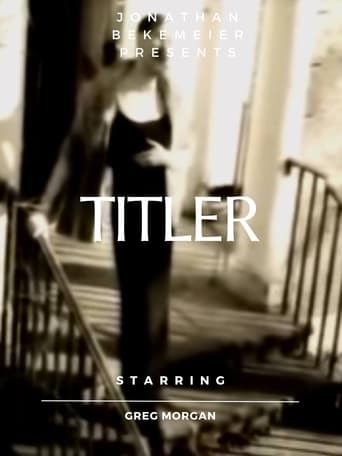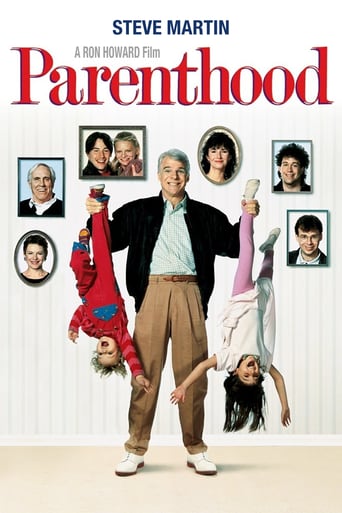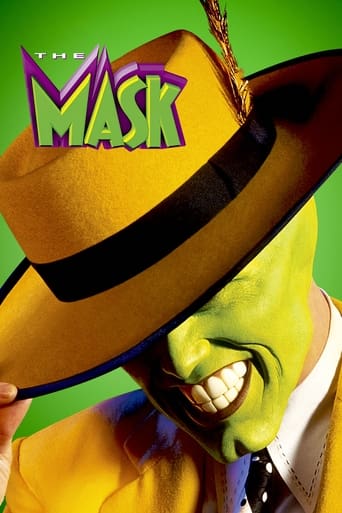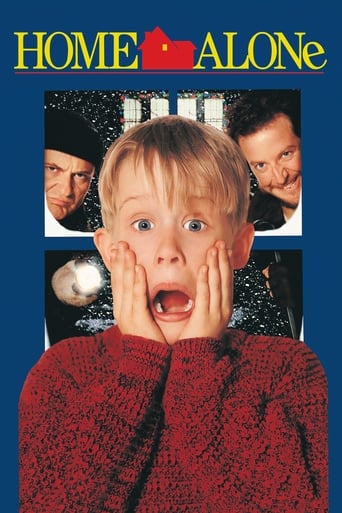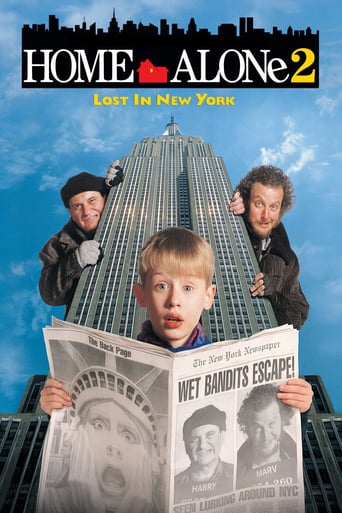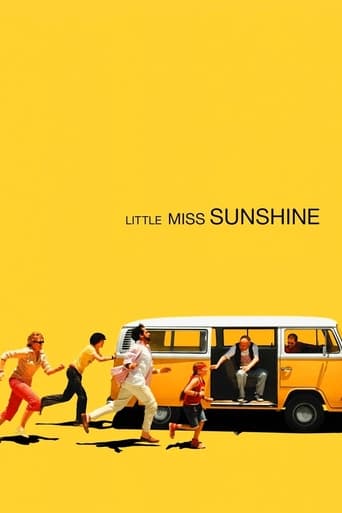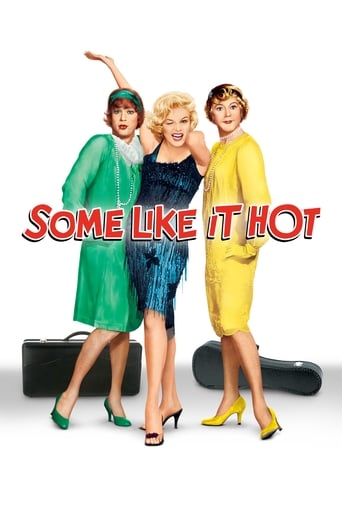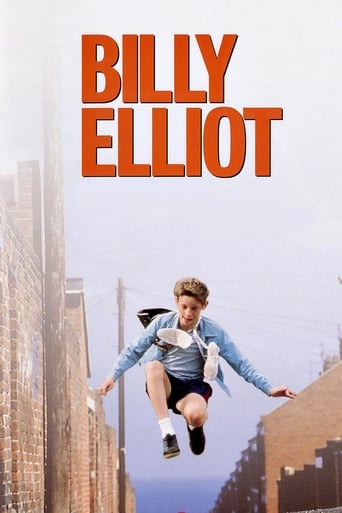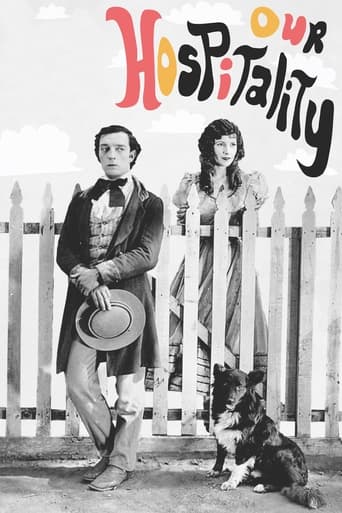
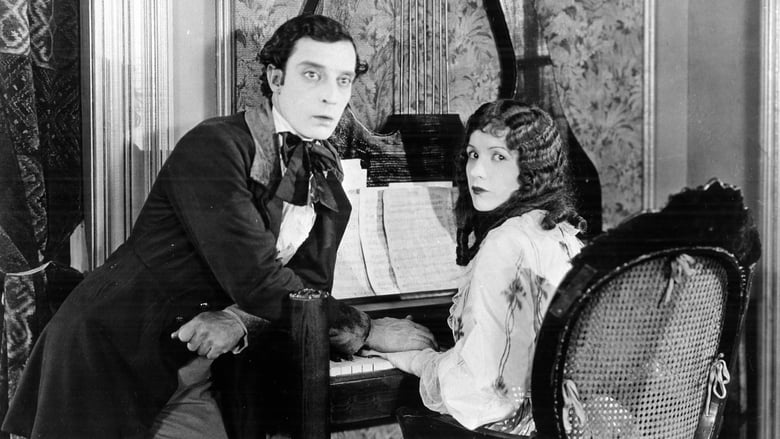
Our Hospitality (1923)
A young man falls for a young woman on his trip home; unbeknownst to him, her family has vowed to kill every member of his family.
Watch Trailer
Cast


Similar titles
Reviews
Copyright 20 November 1923 by Joseph M. Schenck Productions. Released through Metro Pictures. U.S. release: 19 November 1923. New York opening at the Rialto: 9 December 1923. 7 reels. 6,220 feet. Runs 69 minutes when projected at sound speed; 74 minutes at recommended speed. (And I'm pleased to say that the video copy, though somewhat light in shading and lacking in contrast, runs the full 74).SYNOPSIS: A re-telling of what could hopefully have been the final chapter of the Hatfield-McCoy feud, set in the period 1810-1831. COMMENT: An absolute must-see delight for all of us train buffs, in which respect it resembles a companion piece to The General (1926), Our Hospitality is also a wonderful take on the manners and mores of the Old South. So, even if you don't particularly enjoy the picture's wondrously accurate recreation of Stevenson's "Rocket" and all the glorious gag variations so inventively worked into an increasingly nonsensical pattern on the inward train journey to Hospitality country, you must thrill to the irrepressible displays of Keaton's comic genius (not to mention his death-defying acrobatic skills), once that land of golden romance is reached.Assisting Buster is a well-nigh faultless cast of time-tested players led by Keaton's own father and the lovely Natalie Talmadge. Plus Keaton's regular heavy, Joe Roberts.OTHER VIEWS: After an unusually dramatic and moodily atmospheric start, this film settles down into hilarious Keaton territory once the heir-apparent sets out to claim the old family estate. The gags become progressively more daredevil as well as more breathtakingly surrealistic, ending in a wonderful "catch" as Buster rescues his real-life wife from the rapids... If you love The General, you'll dote on Our Hospitality. I think it's the funnier and far more inventive film.
"Our Hospitality" isn't Buster Keaton's greatest film, but shows a young pioneer on his way.As Willie McKay, Buster inherits a family estate down South circa 1830. To stake his claim, Willie must survive two things: 1. A ride on the "iron monster" which chugs ungently across hilly terrain. 2. The "hospitality" of the rival Canfield clan who wants to send an unwary Willie to the boneyard with the rest of the McKays.Watching Buster riding a train down South immediately conjures up thoughts of his later "The General," and there are plenty of other signposts for Buster fans. After finding himself unable to wear his foppish top hat in a coach with a low ceiling, Buster shifts to more practical headgear: his trademark porkpie, which remains with him thereafter. He's even joined this one time by his real-life wife Natalie Talmadge, who plays a young woman smitten with Willie to both their perils.I was prepared to not like Talmadge, as she didn't have much of a career in movies other than making misery of Buster's private and professional life later on. But she's quite affecting here. Keaton and co-director Joseph Blystone do a lot to draw out a naturally reticent quality in Talmadge; she and Buster work well together at least here.The opening section features a very serious, overplayed dramatic "prologue" that isn't really needed and puts things on the wrong footing tone-wise. Buster gets a lot of mileage from his clattering train prop, but overuses the same gags. A big stunt at the end involving a waterfall, while jawdropping, lacks the comic underpinnings typically found with Keaton. It could be something out of "Perils Of Pauline."Most critically, the pacing is off. There are many good gags and funny bits of business, but the set-ups take too long. I'm still amused watching the third straight slow-loading flintlock gag in as many minutes, and that's something, but you so often get more from Buster.Keaton's genius shines through in many places, though, particularly at the Canfield house where he is the unwelcome guest of his would-be killers. They operate under a strict code of honor that won't let them shoot a guest (though the same code apparently says nothing about shooting an unwary victim in the back). Watching Willie work every angle he can think of to stay a guest is Keaton in prime form, whether presenting a series of really bad dog tricks or dressing as a woman.And there are some stunts as funny as they are awesome, like one where Willie is actually "rescued" by one of the Canfields on a steep cliff, and the two men wind up tied to one another as killer and prey. The period comedy is good, too; like an early shot of Broadway and 42nd Street in Manhattan's cowtown days, when Willie sits a bicycle watching a lone wagon pass by: "This is getting' to be a dangerous crossin'!"There's enough of that to make "Our Hospitality" good fun, and the stunt work, however off tonally, remains amazing even today. If it's not as great as other Buster comedies, it's Buster's own fault for making his later work so much better than this.
I had seen Sherlock Junior and The General, and this was the third film starring Buster Keaton I was going to see that featured in the book 1001 Movies You Must See Before You Die. Basically, set in the 1830s, 19th Century, Kentucky, there is a feud between the Canfield and McKay families, which gets really serious when John McKay (Edward Coxen) is killed. After this, to avoid getting involved in the feud in the future, one year old Willie McKay (Buster Keaton Jr.) is sent away to New York to be raised by his sister. Twenty years later, Willie McKay (Keaton, also directing) has inherited the old family house in Kentucky, but before he leaves, his Aunt Mary (Kitty Bradbury) tells him about the feud between the two families, and to avoid it. He boards the train, and is joined in his carriage by Virginia, or "The Girl" (Natalie Talmadge, Keaton's real wife), and they go through weird track curves, bumps and mishaps along the way. Eventually they reach Kentucky, and as a kind gesture Virginia invites Willie to dinner with the family. The Canfield family hear that the heir to John McKay is in town, and the sons (Ralph Bushman and Craig Ward) are eager to put a bullet in his back. After seeing the shoddy state of the McKay home, he goes for a quick fish, narrowly avoiding being shot when the dam is blown up. It is when Willie goes to the Virginia's house that he wonders who he will be dining with, and he is shocked to find out it is the Canfield residence. Willie knows though that once he goes outside the two brothers will try and shoot him, the father James Canfield (Tom London, or Leonard Clapham) is trying to look nice in front of Virginia too. After many attempts to kill Willie, the Canfields almost decide to forget the feud entirely, and they also have to put up with Virginia marrying Willie and becoming part of the family. Also starring Joe Keaton as The Engineer, James Duffy as Sam Gardner, Jean Dumas as Mrs. McKay and Joe Roberts as Joseph Canfield. The train track (which Keaton was very fond of) jokes are quite good, the three generations of Keatons in the film makes it fun, and the time period detail is really good. I say this to myself again, my favourite Keaton film is still Sherlock Junior, but this is certainly a most enjoyable and must see silent comedy. Buster Keaton was number 21 on 100 Years, 100 Stars - Men. Very good!
Featuring purportedly one of the most accurate re-creations of the antebellum South, Buster Keaton's second feature prefigures The General in its prominent use of an early wood-burning locomotive as both stunt-apparatus and homage to the past. The "Rocket's" trek from New York to Trenton occupies nearly two reels and stands as one of Keaton's towering achievements. The train suffers animal obstructions, uneven tracks, resourceful hobos, and design flaws while its passengers are jostled about, their faces smudged by the fumes. Everywhere on the journey, onlookers gather to watch this strange contraption. One of Keaton's best visual gags is a long shot of farmhands scurrying towards the foreground to watch the train pass. The subject is kept out of view for a good thirty seconds until it rushes in from off-screen, its two-car caboose shambling past the observers who plainly return to their jobs following this all-too-brief spectacle. Keaton is clearly fascinated with documenting reactions to progress: in one scene, he sits on his hobbyhorse waiting at a crosswalk as an old guard relates the dangers of horse-drawn carriages.Mostly though, as in all Keaton films, his precise sense of visual humor is the true subject, an ingenious succession of absurd predicaments, obscured compositional elements, and infinite off-screen space that seems to lurk just beyond camera, permanently ready to throw another obstacle in the hero's path. Take the fishing scene, for example: Keaton, on the run from a rival family, grabs a pole and attempts to blend in with the landscape. Cut to two farmers, who blow up a nearby dam to irrigate their crops. Keaton, seated beneath the spot of runoff but fortunately set in from the ledge, is blocked by the waterfall just as the brothers emerge in frame, looking in his direction. Or the chase down a mountainside, as Keaton ties himself to a rope that suddenly drops into view, unaware that his pursuer is attached to the other end. His comic gift lies in creating humor through disjunction, in this case between what we can see and what his protagonist cannota very sophisticated punch line that would likely be lost without his exact incorporation of camera placement, staging, set design, and editing. The thrilling, climactic waterfall rescue is Keaton's greatest coup, with a bit of physical timing that must be seen to be believed. For the attentive viewer, Keaton's movies never stop giving, seeming to transcend physical boundaries right before our eyes.


